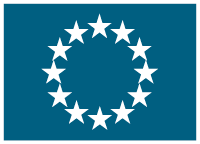Woodlands and river valleys on the Steigerwald slopes near Iphofen
(Steigerwaldrand Iphofen)
Start date: Oct 1, 2010,
End date: Dec 31, 2014
PROJECT
FINISHED
Background
The project area encompasses a Natura 2000 site of more than 3 000 ha, located on the western slopes of the wooded hills of Steigerwald in Bavaria. It includes the municipality of Iphofen. The Steigerwald hills have been used as coppiced woodland and as pasture land for centuries, resulting in oak-hornbeam woods with specific and diverse structures. Traditional land-uses (farming and forestry) have helped to conserve the areaâs valuable natural habitats, including species rich hay meadows, hydrophilous grassland and petrifying springs with tufa formation, hedgerows, and dry grasslands in the river valleys and outside the large forests.
Boasting a wide variety of habitat types, occurring over a relatively small area, the area around Iphofen is one of the most species-rich in Bavaria. To date, more than 1 200 plant and animal species have been recorded there with birds, amphibians, bats, wood-dwelling beetles, butterflies and moths being particularly well-represented.
The project area is also a European âPrime Butterfly Areaâ (PBA), i.e. where conservation measures for butterflies are considered a high priority. As such, it contributes significantly to the conservation of biological diversity.
Unfortunately, this traditional landscape is increasingly under threat from human pressures notably from modern farming and forestry practices, with their intensive land-use, tourism and a lack of public awareness of the areaâs high nature value. In the municipal forest of Iphofen, the coppiced woodland (mainly for grazing) has dropped from 1 000 ha 50 years ago, to just 380 ha today. More generally, urgent conservation action is required to secure this valuable and diverse landscape for the future.
Objectives
The projectâs main aim is to conserve the Steigerwald hills Natura 2000 site near Iphofen. In addition, the project area will be developed as a demonstration area for traditionally-managed landscapes and for coppiced woodland in Germany and Central Europe.
Improvements in the conservation status of the various habitat types and species of the Habitats and Birds Directives are also foreseen. An additional objective will be to improve the awareness of local people and of landowners of the types of the land-use practices necessary for the conservation of these valuable species and habitats.
Specific project objectives are:
The conservation of eleven habitat types listed in Annex I of the Habitats Directive;
The conservation of (partial) habitats supporting 13 species listed in Annex II of the Habitats Directive. These include the scarce fritillary (Euphydryas maturna), the moth Eriogaster catax, thick shelled river mussel (Unio crassus), great crested newt (Triturus cristatus), yellow-bellied toad (Bombina variegate) and the stag beetle (Lucanus cervus). The restoration of areas for stag beetles will be carried out by the installation of loggeries (piles of the beetleâs preferred dead wood habitat). Meanwhile, the Rehberggraben brook will be restored in order to improve the conservation status of the thick shelled river mussel population. Existing ponds will be improved and new spawning ponds created for the targeted amphibians;
The conservation of 11 species of breeding birds listed in Annex I of the Birds Directive in woodland and open or semi-open areas. Targeted species include: the collared flycatcher (Ficedula albicollis), middle spotted woodpecker (Picoides medius), and Ortolan bunting (Emberiza hortulana). Ideal habitats for the Ortolan bunting will be created by planting of traditionally structured vineyards, orchards and fields; and
The creation of the necessary conditions to ensure a long-term and sustainable future for the targeted habitats and species. This is envisaged by actions to increase the acceptance of the projectâs conservation measures and the necessary extensive land use practices. Awareness of the high conservation value of the landscape should be increased by awareness-raising actions including the creation of an information centre in the Limpurg Forest.
Expected results:
The conservation of 63 ha of (partly coppiced) woodland consisting of Galio-Carpinetum oak-hornbeam and other semi-natural woodlands with large amounts of old and dead wood;
The development of some 14 ha of transitional areas between woodland and open countryside containing hedgerows, wood edges, dry stone walls, orchards, ponds and hygrophilous vegetation;
The securing and creation of pasture woodland with oaks (habitat type 9170) and a high amount of old and dead wood on 13.5 ha and the development of a guide for the restoration of pasture woodland;
The improvement of the conservation status of petrifying springs with tufa formation in the Moorseebach river valley, by wood removal on some 0.5 ha;
The purchase of 25 ha of agricultural and forested area for the conservation of eight targeted habitat types;
The conservation and connection of habitats supporting populations of species that are characteristic of coppice woodland; and
The improvement and connection of habitats (ponds, creeks, spawning open waters and pools) to help to stabilise and increase the populations of thick shelled river mussel crested newt and yellow-bellied toad.


